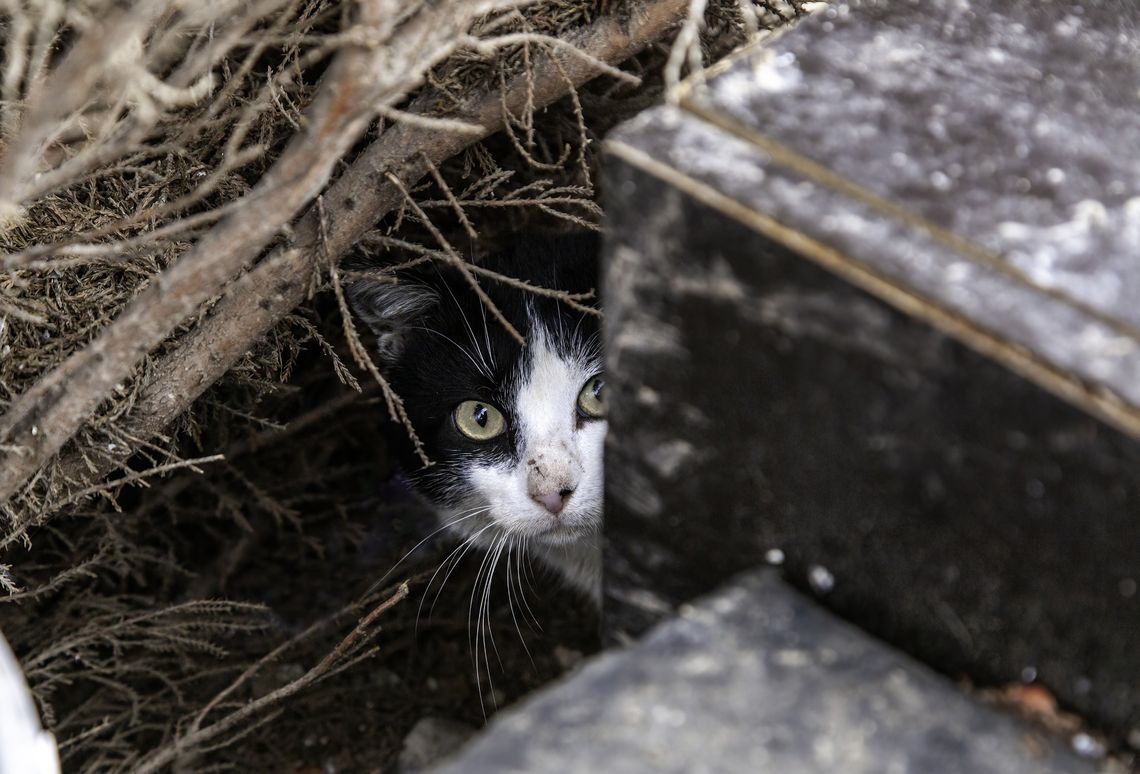HOUSTON — The number of pets living on the streets in our region is believed by many to be at an all-time high. With the Gulf Coast Region preparing for back-to-back weather systems that will drop temperatures to dangerous levels, residents are urged to help homeless or loose pets.
Many do not realize pets are at risk for frostbite and hypothermia, which can lead to death. Even 45-degree weather can be dangerous for some vulnerable pets such as puppies and kittens, seniors, or those that are sick, injured, small, or have short or thin coats, many of which are living on streets throughout the area.
“As the community considers the 4Ps of cold weather preparation, we hope citizens will expand their definition of ‘pets’ outside of their own homes and consider the wellbeing of untold numbers of homeless dogs and cats that will have nowhere to go during these cold fronts,” said Gulf Coast Animal Welfare Alliance Director Becky Best.
The Alliance suggests five ways that community members can help:
• Foster for a shelter or rescue so organizations have room to intake homeless pets without having to make space. In many cases, staff or volunteers can point fosters toward a pet that may be a good fit for the family, and they may be able to provide supplies to help care for the pet.
• If comfortable, bring a homeless pet inside and allow them to stay in a spare bedroom, closet, or bathroom. Carefully review the space to remove any hazards, such as electrical cords, garbage cans, tissues and loose items that dogs or cats could chew or swallow. To err on the side of caution, it is best to separate or supervise visiting pets if family pets or children are in the home.
• Allow a homeless pet to take refuge in the garage. Ensure there are no antifreeze or fluid spills on the ground and that toxins, such as rodent bait, fertilizers, pesticides, mulch, plants, paints, cleaning products and garbage are safely out of reach and cannot be accessed if pets stand on hind legs or jump onto other surfaces. Do not allow open flames or heaters that could cause carbon monoxide poisoning. Provide warm, dry bedding and access to clean, fresh water. Monitor the temperature and, if possible, keep the area at 50 degrees or higher. Do not start vehicles without checking under the hood to ensure cats have not crawled near the engine for warmth.
• Provide a place outdoors for homeless pets to stay dry and out of the cold wind if there are no indoor options. Create an insulated structure, elevated off the ground, with a roof, at least three sides and warm bedding made of straw (not hay). Avoid blankets and towels as they can get damp, lower the pet’s body temperature, and cause hypothermia. Many online videos provide fast and easy instructions for making inexpensive DIY winter cat shelters out of plastic storage bins, Styrofoam sheets or a cooler, and straw. Provide access to water and monitor to make sure it does not freeze and give extra food to compensate for calories lost to shivering.
• Alert animal advocates to the presence of homeless pets without protection from the elements by posting information on social media, such as Nextdoor, or on one of Facebook’s many rescues, lost and found, or neighborhood pages. Watch for signs of hypothermia, such as if a pet was shivering but has stopped, if they are lethargic or disoriented, if their rapid breathing has slowed and become shallow, and if their nose, ears, paws, or tail looks pale. If you notice these life-threatening signs, call animal control, update your social media post, or contact a veterinarian, as the pet likely needs immediate medical help. While many assume any loose pet is homeless, some have gotten separated from owners who are eagerly awaiting their return. Finders can check for microchips for free at veterinary offices and pet stores and post on Petco Love Lost, Pawboost, or Facebook lost and found pages.
.jpg)



